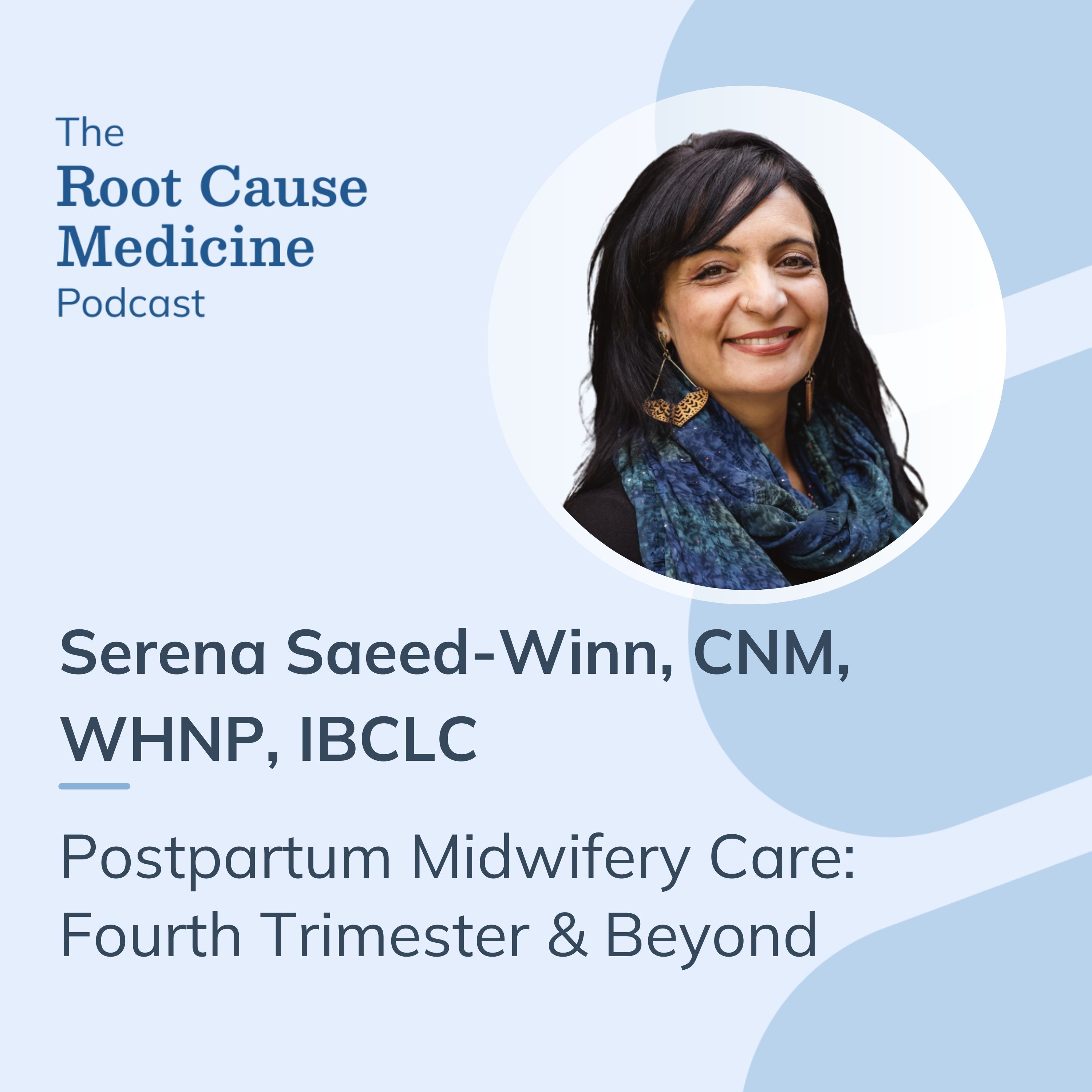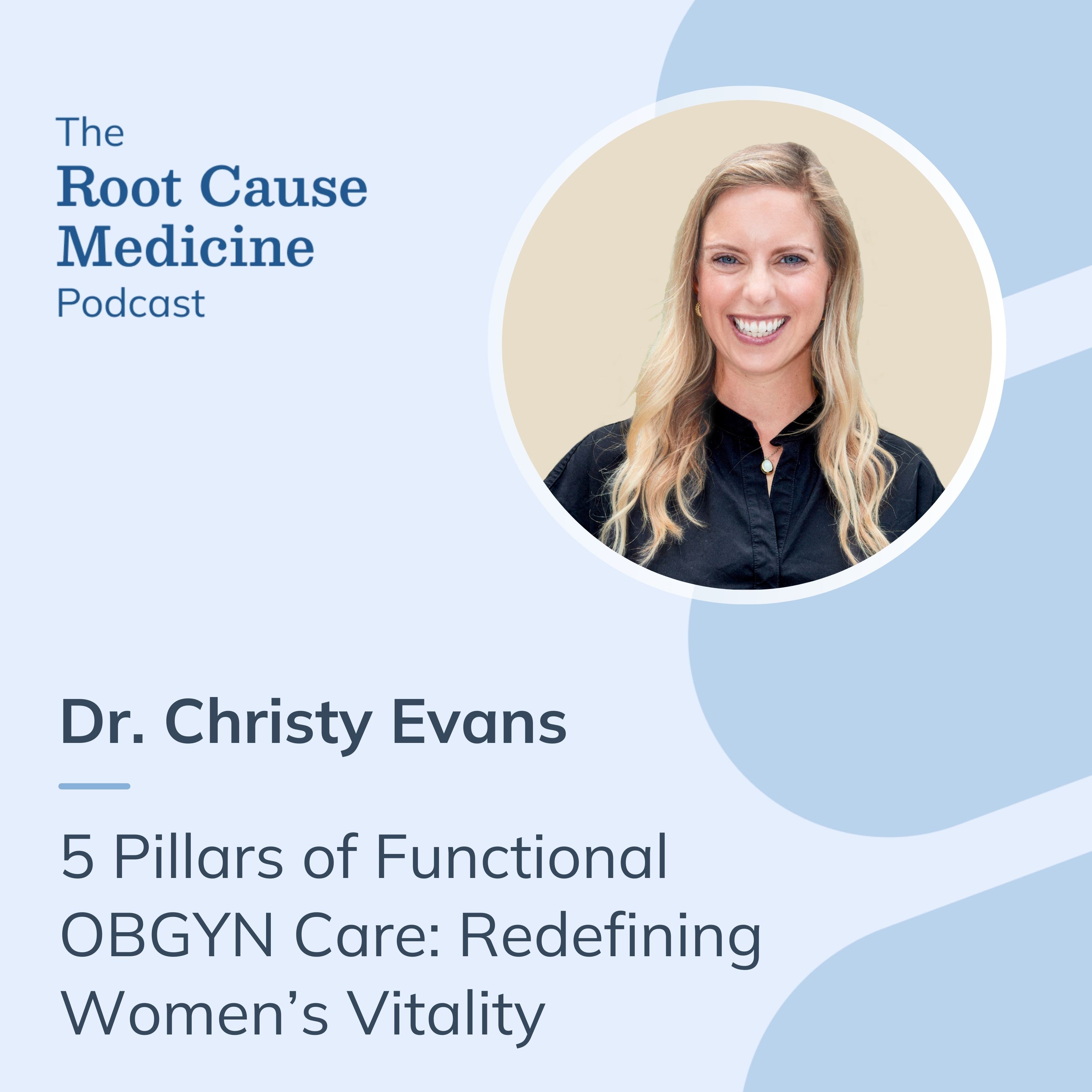Hormone levels are influenced by a delicate balance of internal and external factors that work to support health in both men and women. Estrogen is a hormone present in both genders, but women typically have higher levels. It acts as a chemical messenger that supports the menstrual cycle, promotes bone mass, and aids in the process of puberty. The levels of estrogen, progesterone, and testosterone can fluctuate and may become imbalanced. Estrogen dominance is a condition where there is increased estrogen relative to progesterone that can occur in females.
This article aims to describe the potential causes and symptoms of estrogen dominance as well as provide practical guidance for supporting hormone balance.
[signup]
Understanding Estrogen Dominance
When estrogen levels become too high, the balance of progesterone may be altered. This imbalance ratio can contribute to conditions such as endometriosis, fibroids, and polycystic ovarian syndrome (PCOS). High estrogen levels in males can affect fertility, gynecomastia, and may be a factor in erectile dysfunction.
There are three subtypes of estrogen: estrone (E1), estradiol (E2), and estriol (E3). Estradiol is present during the childbearing years, and estrone becomes the primary estrogen after menopause. Estriol levels are highest when a woman is pregnant. The body has two types of estrogen receptors, alpha, and beta, that have different roles and locations. Estrogen is metabolized (broken down) via two separate hydroxyesterone pathways. The pathway 2-hydroxyesterone is associated with balanced estrogen and progesterone.
Estrogen dominance can be influenced by several factors, including inadequate progesterone production. This can lead to estrogen being more prominent in the body. High estrogen levels may also occur from medication (contraception), PCOS, and obesity. Adipose (fat) cells produce estrogen, which can contribute to a hormone imbalance. When high levels of stress are present, your body produces a hormone called cortisol. When high cortisol levels persist, the body may produce less progesterone, potentially leading to estrogen dominance.
The liver is the primary location of estrogen breakdown in the body. When it is not functioning properly, estrogen breakdown may be reduced, resulting in higher circulating estrogen levels. Alcohol intake can affect the metabolism of estrogen as well, potentially increasing the risk for estrogen dominance. Environmental chemicals called xenoestrogens act as synthetic estrogen and may contribute to a hormonal imbalance. These xenoestrogens include bisphenol A (BPA) and phthalates.
Symptoms and Complications
Estrogen dominance can manifest in several ways. Here are some symptoms to be aware of if an imbalance is suspected:

- Irregular menstruation (timing and flow changes)
- Worsening premenstrual syndrome (PMS)
- Weight gain
- Sex drive decrease
- Dense breast tissue
- Acne
- Trouble sleeping
- Headaches
High estrogen levels are also associated with uterine fibroids, PCOS, endometriosis, tumors of the ovary, and endometrial polyps.
If estrogen dominance is not addressed, it may contribute to the progression of uterine cancer, ovarian or adrenal tumors, insulin resistance, endometriosis, breast cancer, and ovarian cancer. Persistently high estrogen levels can contribute to infertility, weight gain, and the worsening of PMS.
Diagnosis of Estrogen Dominance
Balanced estrogen levels can support a healthy reproductive system and contribute to overall well-being. When symptoms of estrogen dominance are present and interfering with daily life, seeking a provider for testing and assessment is recommended.
The three types of estrogen can be measured via a blood, urine, or saliva test. Testing can allow a provider to measure estrone (E1), estradiol (E2), and estriol (E3).
Here are lab options for ordering on Rupa:
1. Serum (Blood) Testing:
- Estrone (E1) Serum Test - Access Med Labs
- Estradiol (E2) Serum Test - Access Med Labs
- Estrol (E3) Serum Test - Access Med Labs
2. Saliva Testing:
- Estradiol (E2) Saliva Test - ZRT Laboratory
- Saliva Hormone Opendx Supreme - Access Med Labs
3. Urine Testing:
- Essential Estrogens™ - 24 hr - Genova Diagnostics
- DUTCH Complete (Dried Urine) - Precision Analytical (DUTCH)
Progesterone and other hormone levels can also be measured via a blood test like Female Serum Hormones Advanced Profile by ZRT Laboratory to check for an imbalance. This test also includes markers for thyroid hormones, which may be indicated to test for depending on symptoms.
[signup]
Options for Supporting Hormone Balance
A well-rounded approach may include nutritional changes, supplements, and medical interventions, when necessary.
Lifestyle and Dietary Changes
Nutrition is an important aspect of supporting balanced estrogen levels and promoting overall health. Some dietary interventions may help the body manage estrogen levels. It is important to support the 2-hydroxyestrone pathway of estrogen metabolism through diet. Food and drink choices that may help with appropriate estrogen metabolism include whole soy foods, flaxseed (these contain isoflavones), omega-3 fatty acids (fish, algae supplements, nuts, seeds), green tea, and cruciferous vegetables.
Broccoli, kale, cauliflower, and cabbage are examples of cruciferous vegetables that may support healthy hormone levels. An anti-inflammatory, plant-focused diet rich in fiber can promote a healthy microbiome and may increase estrogen excretion in the feces. Reducing animal products and adopting a vegetarian diet may increase estrogen excretion. Avoiding excess sugar and processed foods that contain little fiber can help promote balance.
Engaging in regular physical activity can help promote a healthy weight and reduce stress. Stress reduction supports overall well-being and may help prevent multiple types of hormone imbalances, including cortisol and estrogen. Because adipose tissue makes estrogen, reducing body weight to a healthy level through diet and exercise can support balanced hormones.
Reducing alcohol consumption can support estrogen metabolism and a healthy liver. Limiting exposure to xenoestrogens in plastics and hormones can also assist in maintaining optimal estrogen levels.
Supplements and Natural Remedies
There are several supplements available that may support the balance of estrogen.
Chaste berry in supplement form is called Vitex and has been suggested to help rebalance estrogen and progesterone levels.
If the dietary intake of cruciferous vegetables is inadequate, indole-3-carbinol can be considered as a supplement.
Ginger and turmeric can be helpful supplements as well as omega-3 fatty acids if intake is not meeting the recommended amounts.
Prebiotics and probiotics can address gut dysbiosis if present.
Additionally, calcium-d-glucarate may increase the fecal excretion of estrogen. It is important to consult with a provider before starting any supplement regimen to ensure correct dosages and product choices.
Medical Treatments
Options for hormone imbalances may include contraception if pregnancy is not desired. While hormonal birth control can help balance hormones, it is important to consult a provider about the best approach.
Adjustments to current medications may also be necessary if they are contributing to a hormone imbalance. It is important to identify the root cause of estrogen dominance when possible. If necessary, a provider may recommend healthy weight loss to support hormone balance.
Supporting Hormone Balance
Supporting balanced estrogen is a holistic approach that encompasses nutrition, stress relief, sleep, and physical activity. Adopting a healthy diet that includes healthy fats, vegetables, fruits, whole grains, and whole soy products, and limits alcohol, sugar, and animal products is a vital aspect of supporting hormone balance. Supplements can be used when necessary and should be used in conjunction with nutrition. Sleep, physical activity, and mindfulness all reduce stress and promote balance throughout the body. All of these interventions can help support balanced estrogen levels.
Routine preventative care with a medical provider is important for many reasons, including taking a proactive approach to hormone health. Regular check-ups can help monitor for symptoms of estrogen dominance before the condition progresses.
Frequently Asked Questions (FAQs)
#1. What impact does elevated estrogen have on behavior?
Estrogen dominance can impact mood, especially related to fluctuations in the menstrual cycle. Increased irritability and severe premenstrual syndrome can occur, causing mood swings and behavior changes.
#2. What indications are there of excess estrogen in males?
Males can experience high levels of estrogen and there are several symptoms of an imbalance. Infertility can occur, as well as erectile dysfunction and gynecomastia. Gynecomastia is a condition where males develop excess breast tissue.
#3. What are the signs of too much estrogen in females?
Clinical manifestations of excess estrogen in women can include changes to the menstrual cycle, weight gain, low libido, migraines, insomnia, and dense breast tissue.
#4. Is elevated estrogen a sign of pregnancy?
Higher levels of estrogen can indicate pregnancy, but not always. It is important to consult a provider for pregnancy testing and to discuss a possible hormone imbalance.
[signup]
Key Takeaways
Estrogen is vital for the reproductive function of both men and women and supports fertility, bone density, and overall well-being.
Keeping estrogen balanced involves a holistic approach to diet, exercise, supplementation, microbiome balance, and mental well-being.
Prevention is important for hormone health: if an imbalance is suspected, consulting a provider can help identify a cause and provide customized support.












%201.svg)







